
Weeds are a pain for any gardener, from casual to pro. There are plenty of ways to fight them, but you’ll always be better off if you know exactly what you’re up against. Here is your guide to identifying common types of garden weeds and how to fight them.
1. Dandelions
If you love your lawn, chances are you hate dandelions. The can pop up anywhere — from cracks in your driveway, to your rose garden, to your grass. Dandelions are a perennial — which is why they tend to keep coming back. They’re a broadleaf weed that may respond well to preventative mulching. When you see them, pull them out by hand or use an herbicide to kill them to the root.
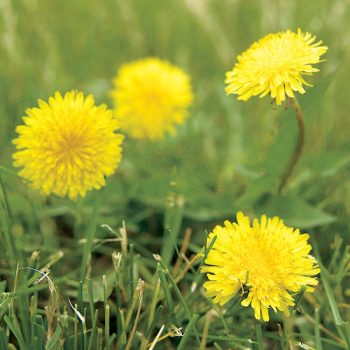
2. Crabgrass
This grassy annual, crabgrass, can pop up in your lawn or anywhere else. You can mulch to help prevent it, or use a pre-emergent herbicide. It can also be dug out by hand or sprayed with weed killer — just don’t get the weed killer on anything you want to keep.
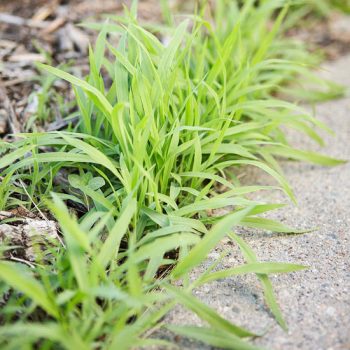
3. Bindweed
This broadleaf perennial weed is a climber, and it loves the sun. Its morning-glory-type flowers might be deceiving. To prevent it, use mulch. You might get rid of established plants with repetitive chopping or post-emergent herbicide. Be advised: bindweed can produce additional plants 20-30 feet away.
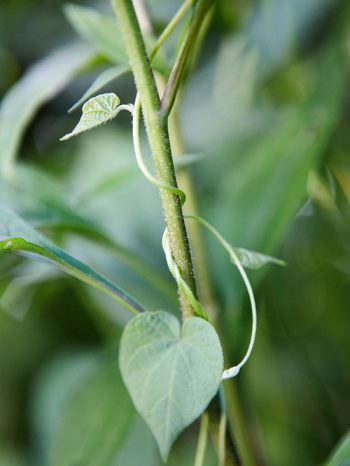
4. Oxalis
Oxalis is a boil on the neck of many gardeners and lawn-lovers. It’ll grow in sun or shade, and has leaves that resemble clover. As with most weeds, mulch is a great preventative measure. Aside from that, pull plants out by hand by the root, or spray with herbicide.
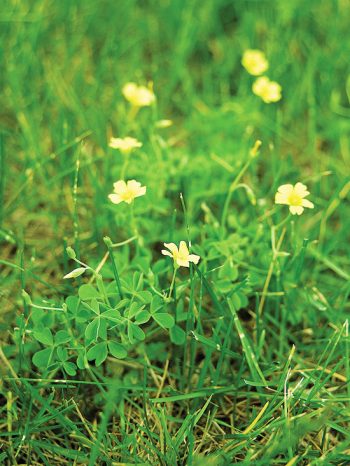
5. White Clover
White clover is a broadleaf perennial, and definitely a nuisance. These 3-lobed leaves with rounded, white flowers can be prevented with mulch. Once it grows, you can pull or dig it out or use weed killer to get rid of it.
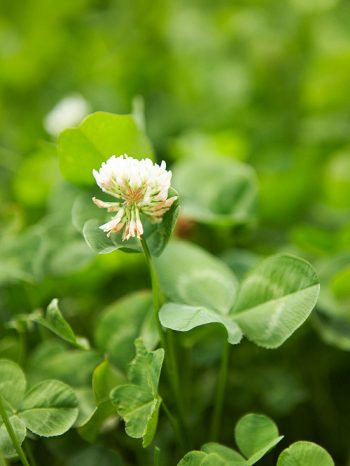
6. Creeping Charlie
Aptly named, this weed resembles a ground cover with clusters of purple flowers. Mulch your beds well as a preventative measure (sensing a theme here?) or use a post-emergence herbicide in spring or fall.
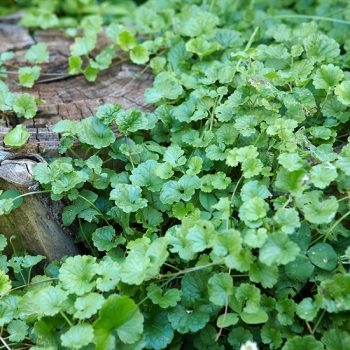
7. Plantain
Nope, we’re not talking about the banana-like fruit here. There’s a weed that goes by this name, too. Unfortunately, these need to be dug out as they appear, though mulch can help prevent it. A good weed killer may also help get rid of them. Since plantain thrives in neglected lawns, your best bet is to keep your grass healthy.
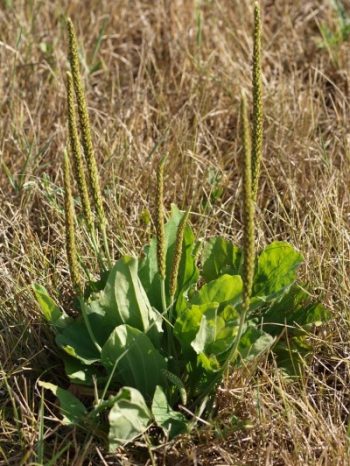
8. Dayflower
A relative to grass, dayflower might seem like it’s not a weed at first. They resist many herbicides, and can even re-grow from broken stems. The seeds it spreads are very hardy and can last for years, so it can be a lengthy battle. With moist soil, you can pull plants out by hand, being careful not to break them. As for herbicides, look for one with both Cloransulam-methyl and sulfentrazone.
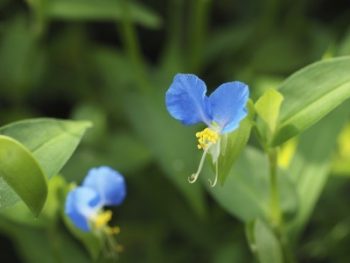
9. Purslane
This weed isn’t particularly hard to pull out, since the stems will branch out and cover the ground from a few single plants. Mulch will really help prevent it, as will a pre-emergent treatment or weed killer once established. If you’re into that, purslane is very edible and rich in omega-3’s.
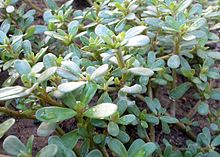
10. Canada Thistle
These prickly weeds love your sunny lawn or garden area. They can boast purple flowers, but that doesn’t mean you’ll love having them around. Thistle has an extensive root system that could grow many feet from the stalk of the plant, so digging them out can be difficult, but effective. A good herbicide can help when applied early, as can frequent tilling.
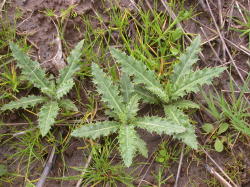
11. Black Nightshade
This notorious weed is a broadleaf annual. It’s a bushy, climbing weed that may grow purple or white blooms, and even red or purple berries. Mulch is a good preventative measure. Once you see them, pull them by hand or spray with herbicide. But be careful and wear gloves — every part of this plant is poisonous.
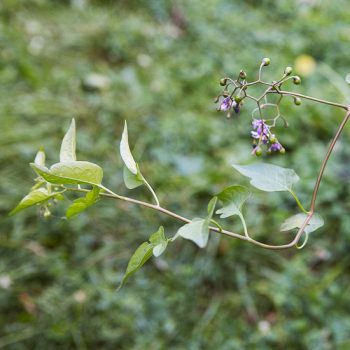
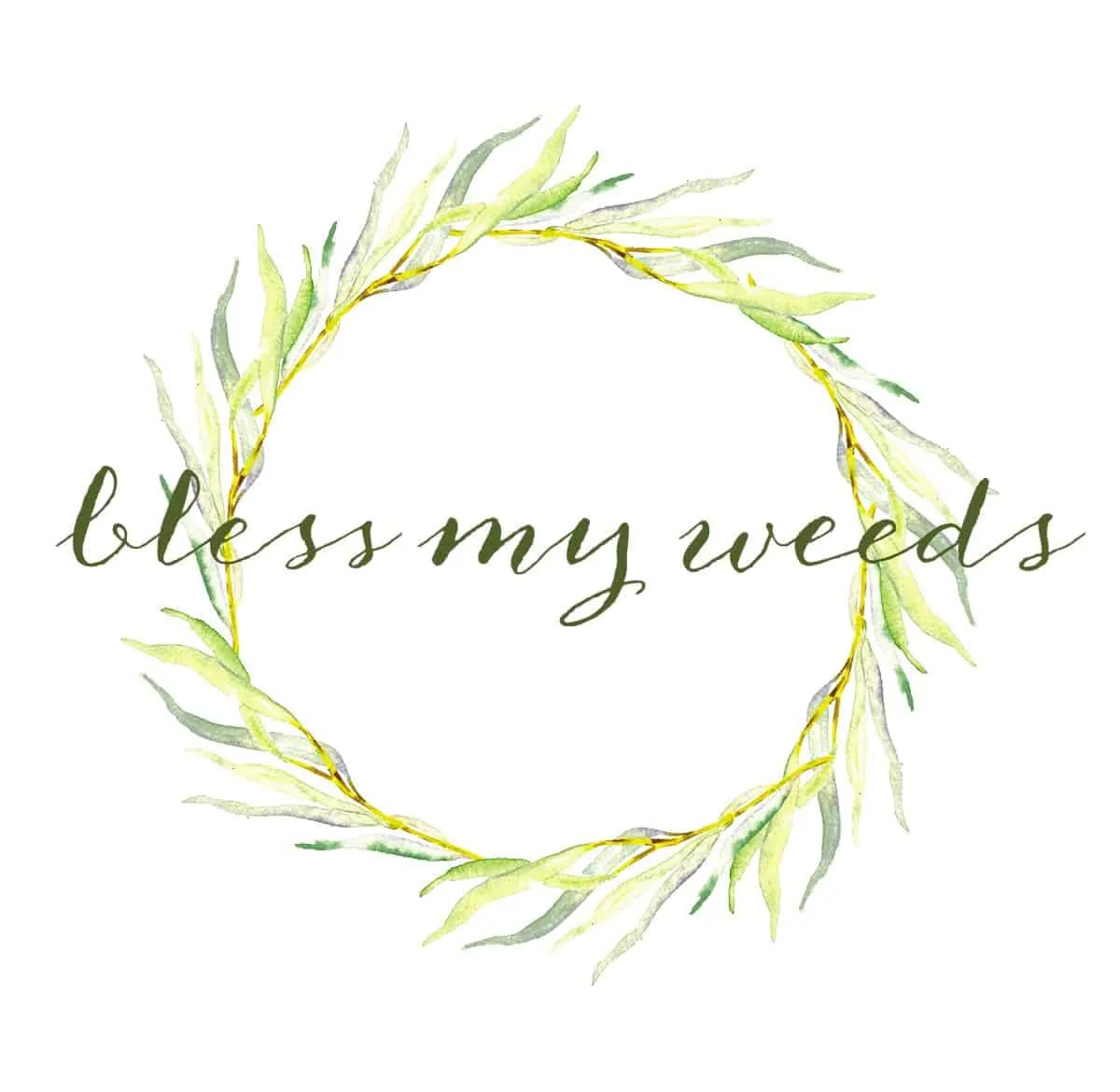
I have a back yard space that used to be a small forest of ash trees. Now the area is completely taken over with goldenrod, thistle, and honeysuckle now that all the dead trees are gone. Before I do a major overhaul of the area, are there specific things that I could do to help keep these weeds from making a reappearance?